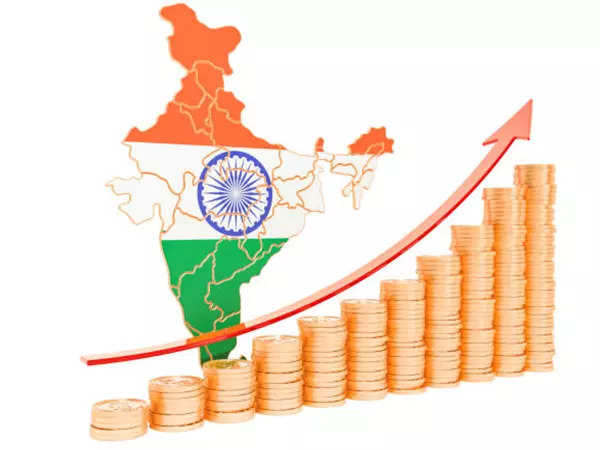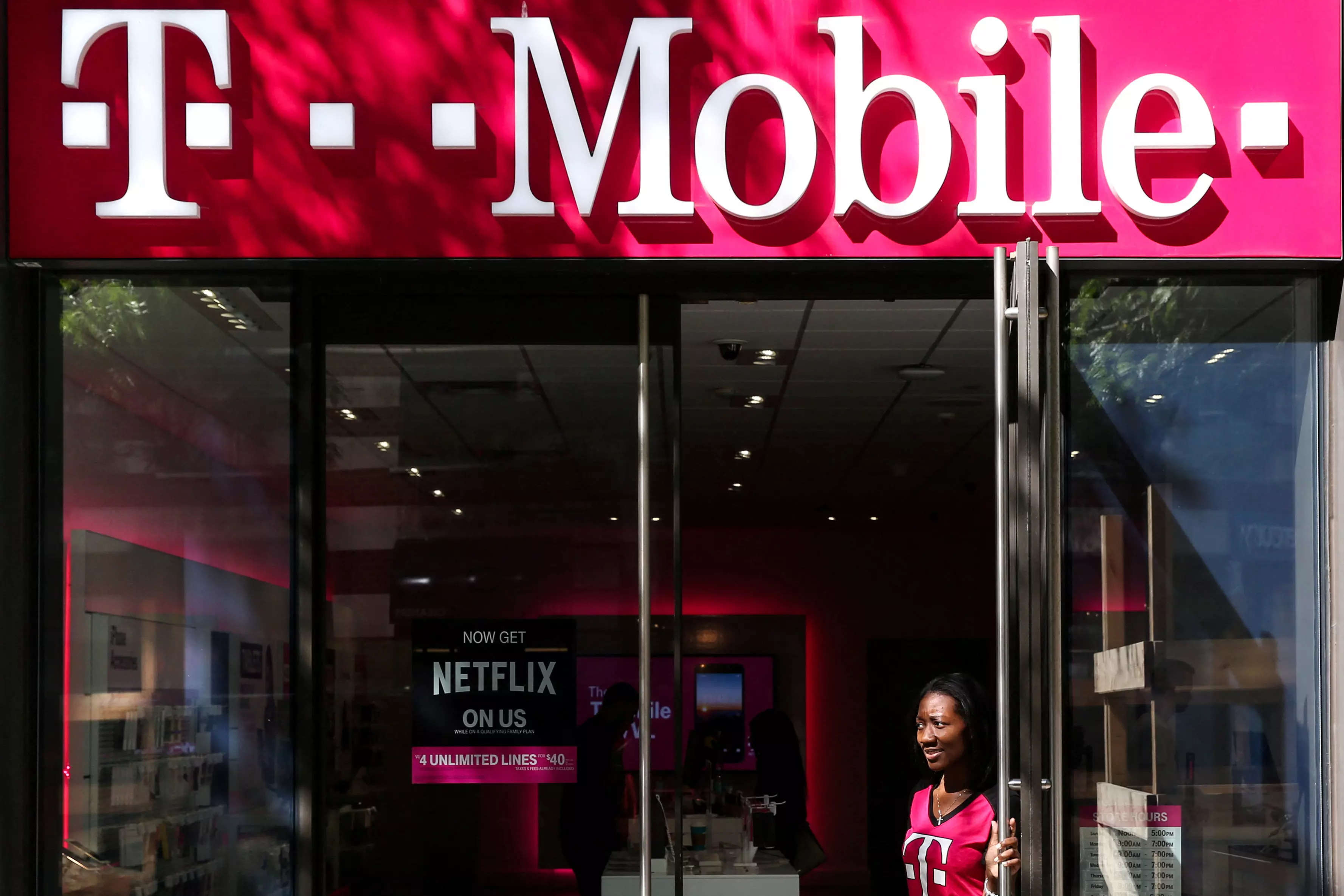
FROM sari-sari stores accepting QR payments to airlines offering microloans onboard, the Philippines is witnessing a remarkable transformation: every brand is becoming a fintech player. This embedded finance revolution isn't just changing how Filipinos pay; it's redefining entire industries and creating new opportunities for growth.
In this article, we'll explore the power of embedded finance, from streamlining customer experiences to unlocking new revenue streams and equipping businesses with actionable strategies to stand out in this thriving landscape. Buckle up, because we're about to ride the wave of the fintech revolution in the Philippines.
Businesses are increasingly gravitating toward embedded finance solutions for multifaceted advantages. First, the integration of financial services seamlessly into existing products or services enhances the overall customer experience. This streamlined approach reduces friction in transactions, making it more convenient for customers to access and use financial tools.
Moreover, the smooth and integrated payment experience fosters customer loyalty, as users are more likely to stay committed to a platform that simplifies their financial interactions. Beyond customer satisfaction, embedded finance offers businesses new revenue streams by providing opportunities to monetize their customer base with services such as loans, insurance or payments.
Additionally, the insights generated from embedded finance transactions equip businesses with valuable data, enabling them to understand customer behavior, tailor marketing strategies and personalize offerings. This adaptability provides a competitive edge and positions businesses as comprehensive solutions providers.
Meanwhile, the ease of use of the consumer payment journey is paramount for business growth. A seamless payment process contributes significantly to customer retention, reducing cart abandonment rates in e-commerce and positively influencing brand perception. A favorable payment experience translates to positive word-of-mouth marketing, attracting new users and contributing to user acquisition.
Moreover, a well-integrated payment process opens avenues for cross-selling opportunities, allowing businesses to strategically offer additional products or services. For global operations, a universally accepted and user-friendly payment journey is crucial for expanding into new markets and accommodating diverse payment methods and preferences.
In essence, the ease of the consumer payment journey is not only about providing convenience but also about unlocking the potential for positive customer interactions, fostering growth and maintaining a competitive edge in the market.
Now, let's delve into the main three things that are critical for business growth:
Reshaping consumer expectations
Forget Silicon Valley or Wall Street — the fintech revolution is brewing in the vibrant streets of Manila, Cebu and Davao. Embedded finance, the seamless integration of financial services into non-financial businesses, is transforming not just how Filipinos pay but how businesses of all sizes can thrive.
Local heroes like GCash are leading the charge, enabling even the smallest "sari-sari" to become a mini-fintech hub. This isn't just about convenience; it's about empowerment. With embedded finance, businesses can:
– Reach new customers. Financial services act as a magnet, attracting tech-savvy Filipinos who expect frictionless payment experiences.
– Boost sales. Offering microloans or buy-now-pay-later options expands customer purchasing power and unlocks new revenue streams.
– Build trust. By handling financial transactions securely and transparently, businesses build trust and loyalty with their customers.
– Stay competitive. In a world where every brand is battling for attention, offering financial services becomes a unique differentiator.
In the Philippines, digital transformation is advancing rapidly, leading to a new era of consumer expectations. Customers now anticipate seamless financial transactions as part of their regular interactions with brands. This has pushed companies to adapt, turning them into fintech players offering payment solutions, financing options and even insurance products.
One of the most compelling examples is how major local businesses are adopting this model. Take Jollibee, the beloved fast-food giant. By integrating fintech solutions into their ordering system, customers can now enjoy a seamless transaction experience, from ordering to payment, enhancing convenience and efficiency. Similarly, prominent retail player SM Malls has incorporated embedded finance into its operations. This approach not only streamlines the shopping experience but also extends the reach of these businesses, tapping into a broader market base that prefers digital transactions.
Moreover, insights from the leaders in the fintech industry, such as the CEOs of GCash or PayMaya, provide a glimpse into the future of finance in the Philippines. Their perspectives shed light on how embedded finance is not just a trend but a sustainable shift that will continue to evolve, driving innovation and inclusivity in financial services. As these platforms become more sophisticated, they're set to redefine not only how financial transactions are conducted but also how they could spur economic growth and financial inclusion in the country.
Offering the right payment method
The financial landscape in the Philippines has undergone a significant transformation, evolving from traditional banking systems to a digitized, mobile-first approach. This journey offers insight into how financial services have adapted to changing times and technology.
The story begins with conventional banking institutions, which for decades were the backbone of financial transactions in the country. These banks represented stability and trust, but their services were often limited by geographical and operational constraints. The pivotal moment in this narrative was the advent of the internet and mobile technology. This technological leap spurred the rise of digital banking, fundamentally altering how financial services were delivered and accessed. Key players in this transition were not just the traditional banks that adapted to digital platforms but also new entrants — tech startups and fintech companies — that challenged the status quo. These entities introduced innovative services like mobile wallets, online transactions, and peer-to-peer lending, catering to a digitally savvy population and those previously underserved by traditional banking.
The regulatory landscape in the Philippines had to evolve in tandem to accommodate these innovations while ensuring consumer protection and financial stability. Regulatory bodies, such as the Bangko Sentral ng Pilipinas (BSP), played a crucial role in this evolution. They implemented policies and frameworks to oversee digital transactions, cybersecurity and fintech operations. Regulations were introduced to ensure that these new financial services operated within a structure that safeguarded the interests of both consumers and the broader financial system. This regulatory environment has been critical in fostering a healthy ecosystem where innovation thrives, but within a controlled and secure framework.
Consumer behavior: Focusing on the payment journey
The payment journey is crucial in the customer experience. In the Philippines, where convenience and speed are valued, businesses must ensure smooth, secure and hassle-free transactions. Investing in robust security measures is vital for building consumer trust and complying with regulations. Offering omni-channel payment solutions enables consumers to transact from anywhere, at any time.
The consumer landscape in the Philippines is witnessing a significant shift, heavily influenced by technological advancements and evolving preferences. This change is particularly evident in the realms of digital wallets and online shopping, as well as the emergence of blockchain and artificial intelligence (AI) in finance.
Digital wallets and online shopping have become increasingly popular among Filipino consumers, driven by the desire for convenience and enhanced security. The rise of digital wallets like GCash, PayMaya and Coins.ph illustrates this trend. These platforms offer users a hassle-free way to conduct transactions, pay bills and shop online. This shift is also propelled by the growing e-commerce sector, which has seen a surge in platforms like Lazada and Shopee. These developments indicate a preference for digital solutions that provide a seamless, secure, and speedy transaction experience. As more consumers turn to their smartphones for shopping and financial transactions, businesses are adapting by offering more digital payment options and enhancing their online presence.
On the technological front, blockchain and AI are at the forefront of driving innovation in embedded finance. Blockchain technology, known for its security and transparency, is becoming increasingly relevant in the Philippines. It offers potential applications in secure transactions, smart contracts, and even remittances, a significant sector in the Filipino economy.
Furthermore, AI is playing a crucial role in personalizing financial services. AI-powered chatbots for customer service, personalized investment advice, and fraud detection algorithms are just a few examples of how AI is being integrated into the financial sector. These technologies are not only streamlining operations but also providing a more tailored and secure experience for users.
Khos-Erdene.B is the group chief executive of AND Global, a cutting-edge financial technology as a services company that enables and provides clients with seamlessly integrated financial and alternative financial technology solutions.
Read The Rest at :








